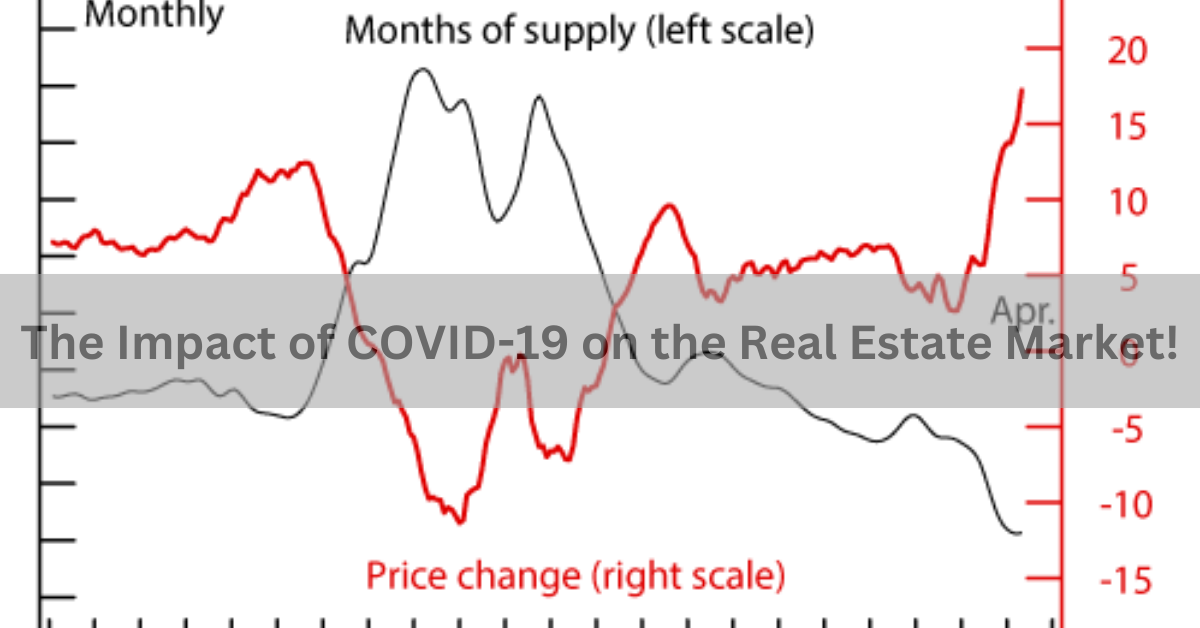Contents
How the Pandemic has Affected Buying and Selling Homes
The COVID-19 pandemic has profoundly reshaped the dynamics of the real estate market, altering how buyers and sellers navigate transactions. Initially, the onset of the pandemic led to uncertainties and a temporary slowdown in the market as restrictions disrupted traditional homebuying processes. However, as the situation evolved, several notable shifts emerged.
Impact on Buyers and Sellers
Buyers adapted to virtual tours and online listings, relying heavily on digital tools to explore properties remotely. This shift not only streamlined the search process but also influenced buyer preferences towards homes conducive to remote work and lifestyle changes.
For sellers, the focus shifted towards enhancing digital marketing strategies to reach potential buyers effectively amidst social distancing measures. Virtual staging and video walkthroughs became essential tools to showcase properties safely and attractively.
Changes in Market Demand and Prices
The pandemic induced significant changes in market demand and property prices, driven by evolving buyer priorities and economic factors.
Shifting Demand Trends
Suburban and rural areas witnessed increased demand as remote work capabilities allowed buyers to prioritize space, affordability, and lifestyle amenities over proximity to urban centers. Properties offering larger living spaces, home offices, and outdoor areas surged in popularity.
Conversely, urban markets initially faced challenges as city living preferences shifted due to health concerns and lifestyle changes. However, urban areas with vibrant local amenities and transportation access rebounded as restrictions eased, albeit with adjusted buyer expectations.
Price Fluctuations
The real estate market experienced fluctuating prices in response to changing demand dynamics. While some regions saw stabilization or modest price increases, others experienced temporary declines or slower growth as economic uncertainties persisted. Factors such as job markets, interest rates, and local government policies played pivotal roles in these variations.
Shift Towards Remote Work and Its Impact on Real Estate
The widespread adoption of remote work during the pandemic reshaped real estate preferences, influencing where and how people choose to live.
Remote Work and Housing Preferences
Remote work flexibility led many individuals and families to prioritize larger homes with dedicated office spaces and outdoor areas. This trend contributed to increased demand for suburban and rural properties offering affordability, space, and a sense of community.
Additionally, the shift towards remote work reduced the necessity of daily commutes, prompting buyers to reconsider proximity to urban centers in favor of lifestyle-oriented features like access to parks, schools, and recreational facilities.
Future Predictions for the Real Estate Market Post-Pandemic
As the world adapts to post-pandemic realities, the real estate market is poised for continued evolution, driven by ongoing socio-economic changes and emerging buyer preferences.
Long-Term Trends
- Hybrid Work Models: Continued adoption of hybrid work models will sustain demand for homes supporting remote work, influencing property designs and location preferences.
- Urban Revitalization: Urban markets are expected to rebound as cultural and economic activities resume, appealing to buyers seeking convenience and amenities.
- Sustainable Living: Increasing emphasis on sustainability and energy efficiency will shape future construction and renovation practices, reflecting growing consumer awareness and regulatory trends.
Market Resilience and Adaptability
Despite initial disruptions, the real estate market has demonstrated resilience and adaptability, leveraging technology and innovative approaches to meet evolving consumer needs. Future growth will likely hinge on proactive strategies that integrate digital solutions, sustainability practices, and community-centric developments.
Conclusion
The COVID-19 pandemic has profoundly influenced the real estate landscape, catalyzing shifts in buyer behavior, market dynamics, and housing preferences. While uncertainties remain, the industry’s resilience and adaptation underscore its capacity to navigate challenges and embrace opportunities for future growth and innovation. As stakeholders embrace digital transformation and respond to evolving consumer expectations, the real estate market is poised for a dynamic post-pandemic era characterized by resilience, innovation, and renewed opportunities.

























+ There are no comments
Add yours